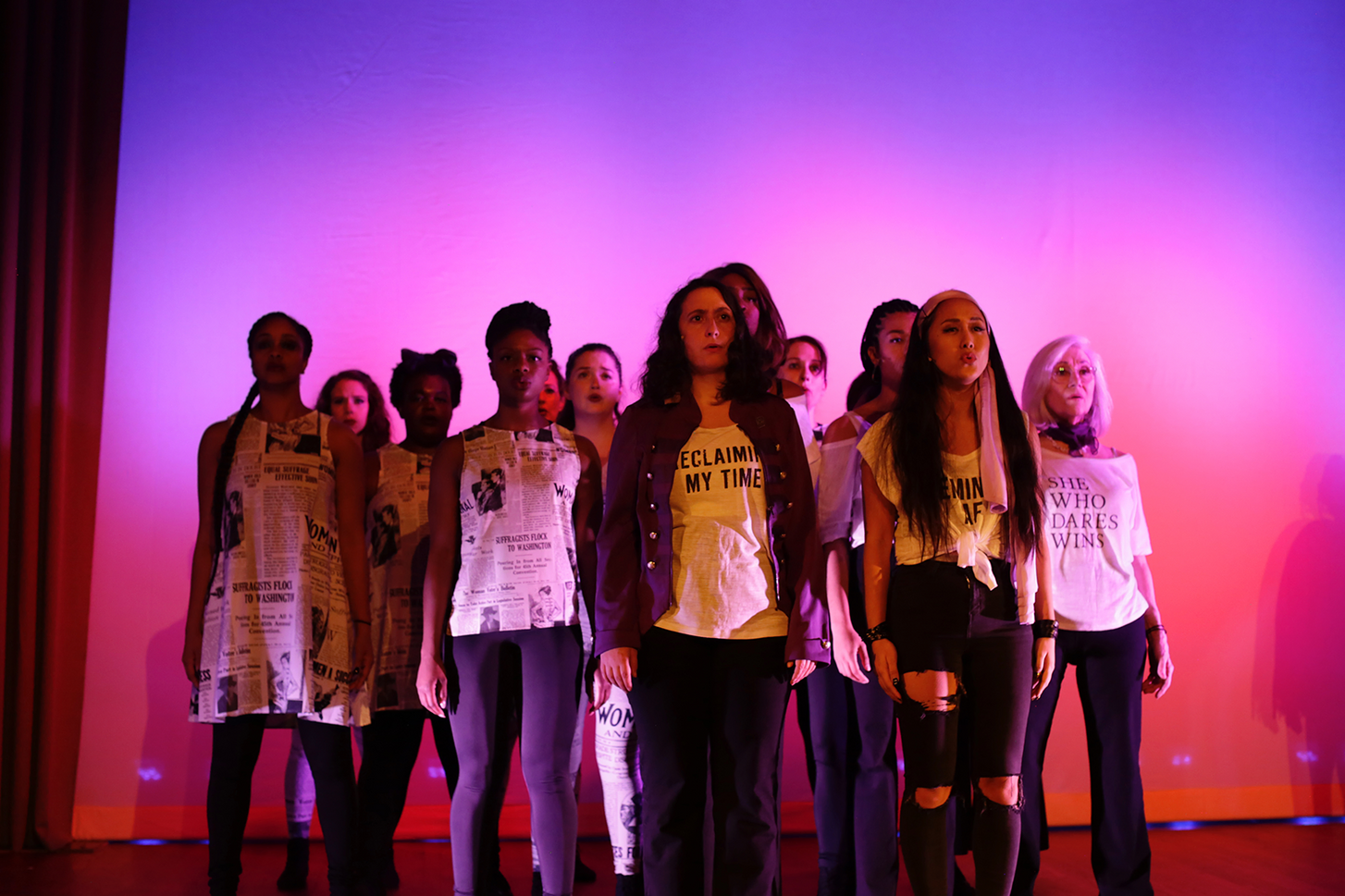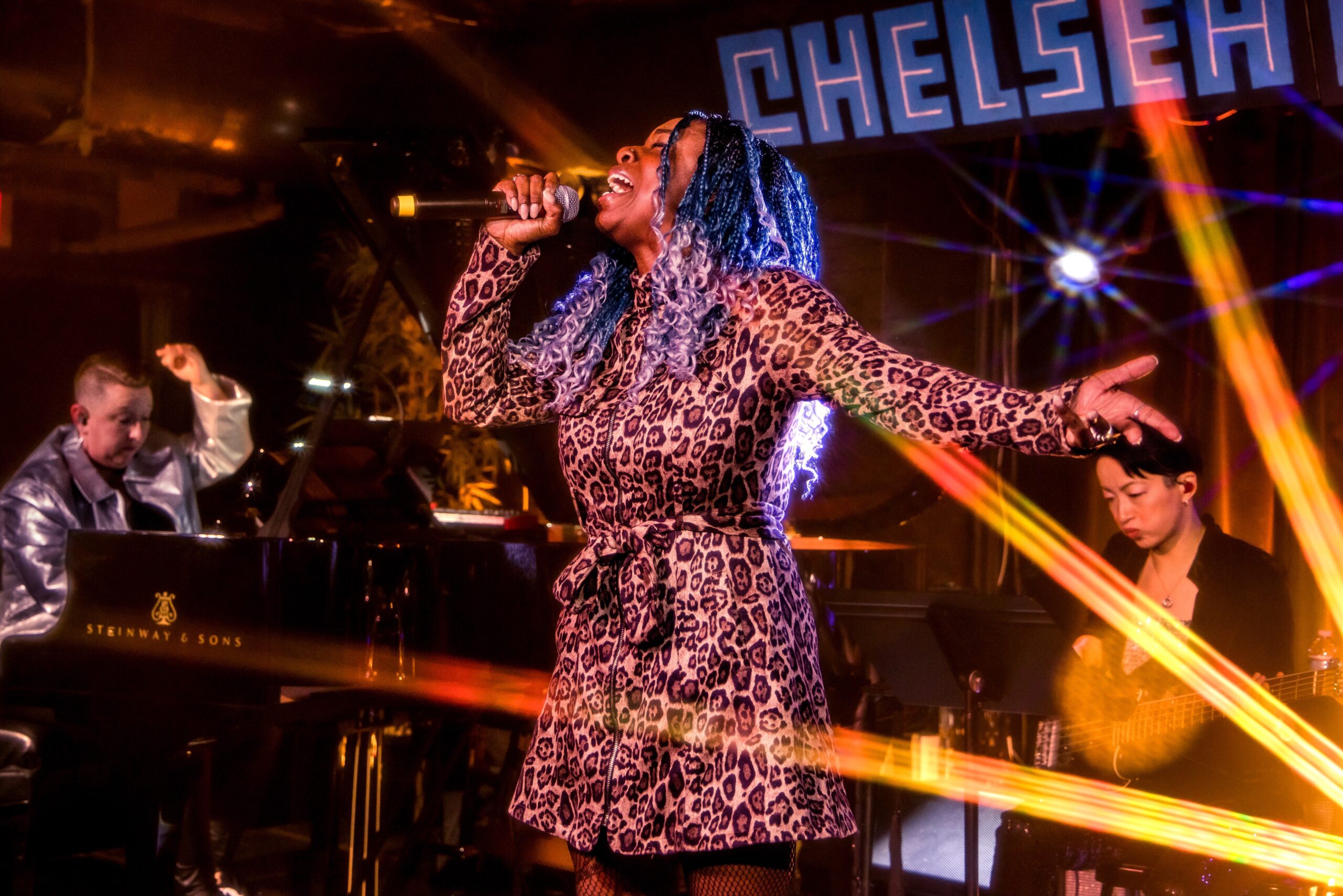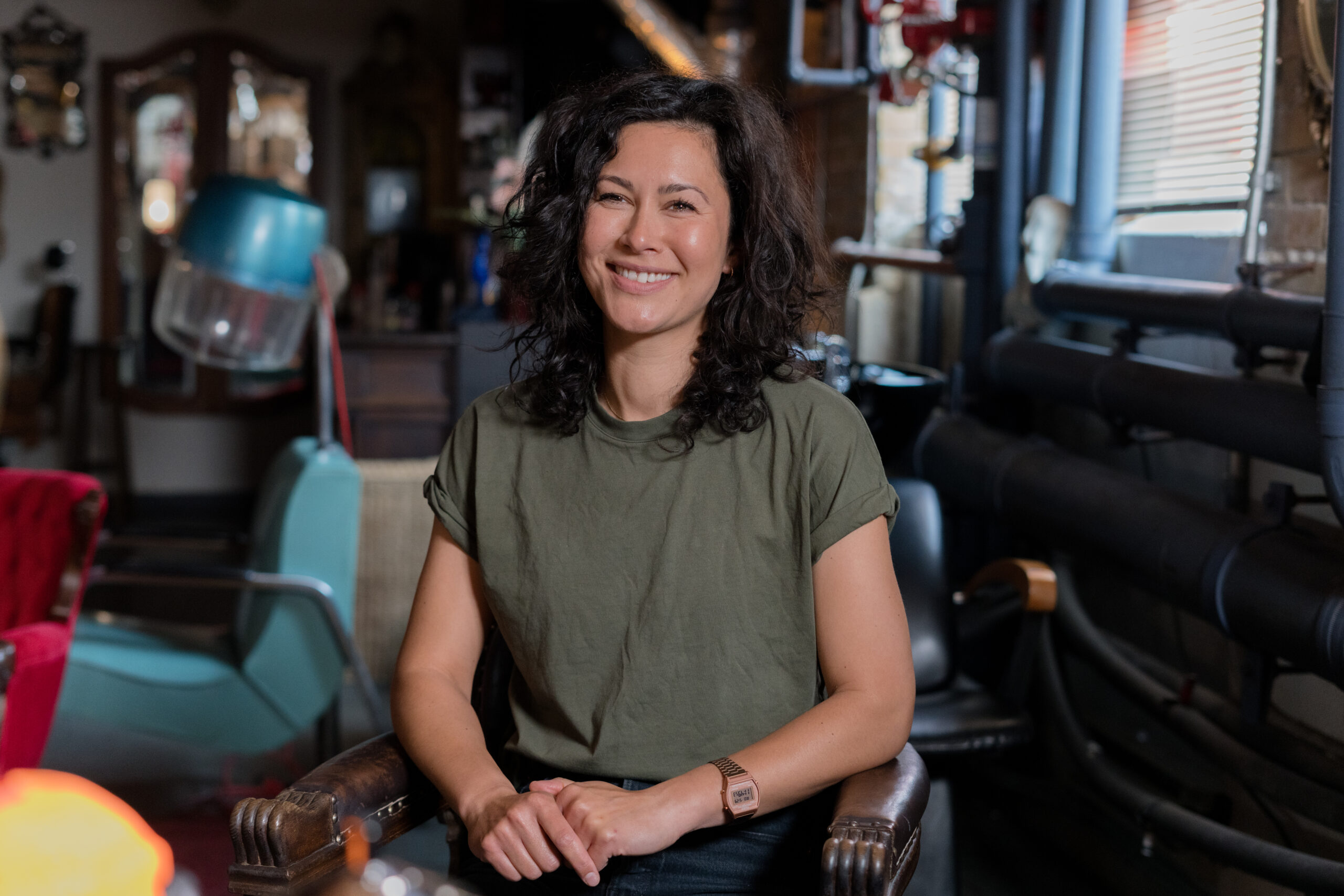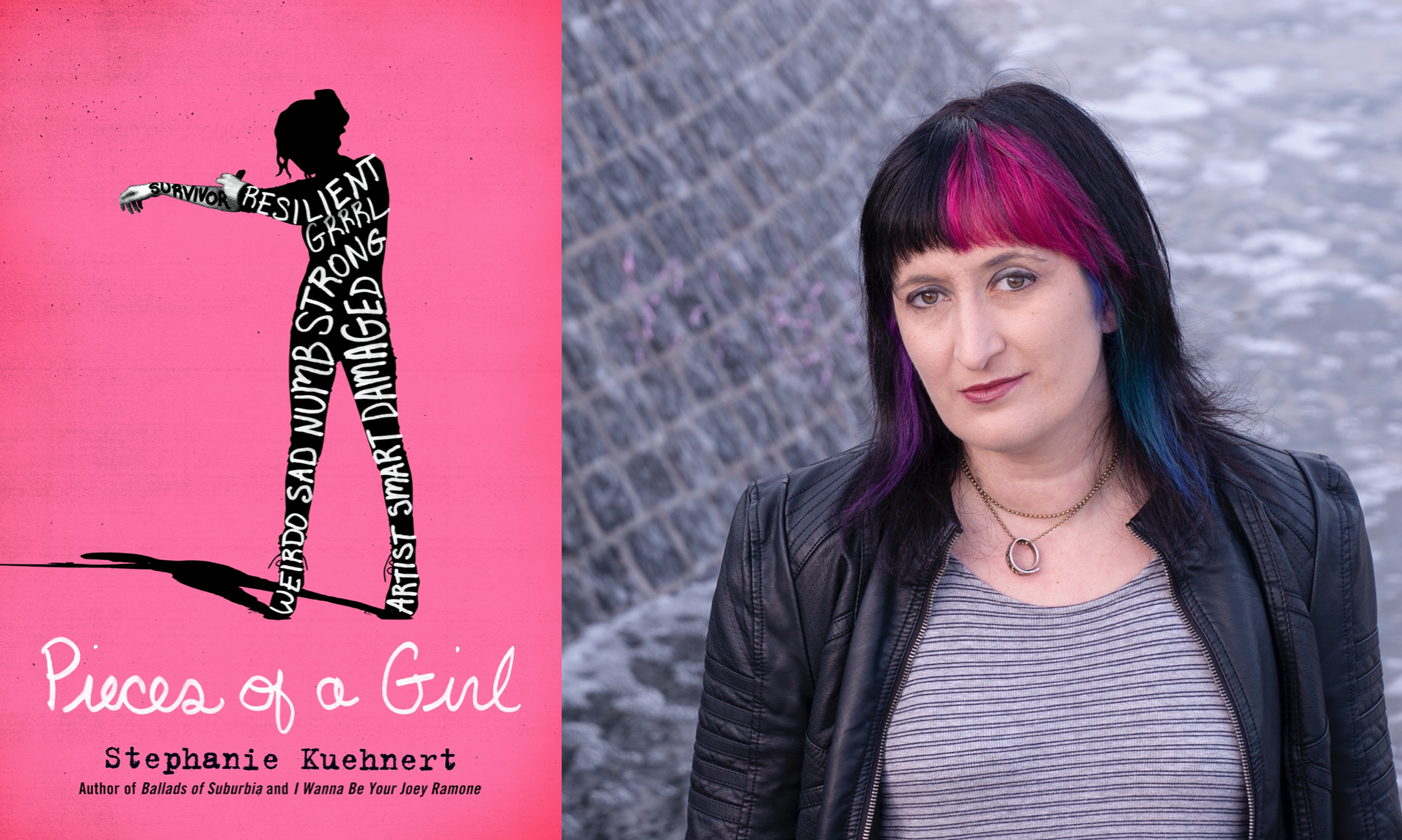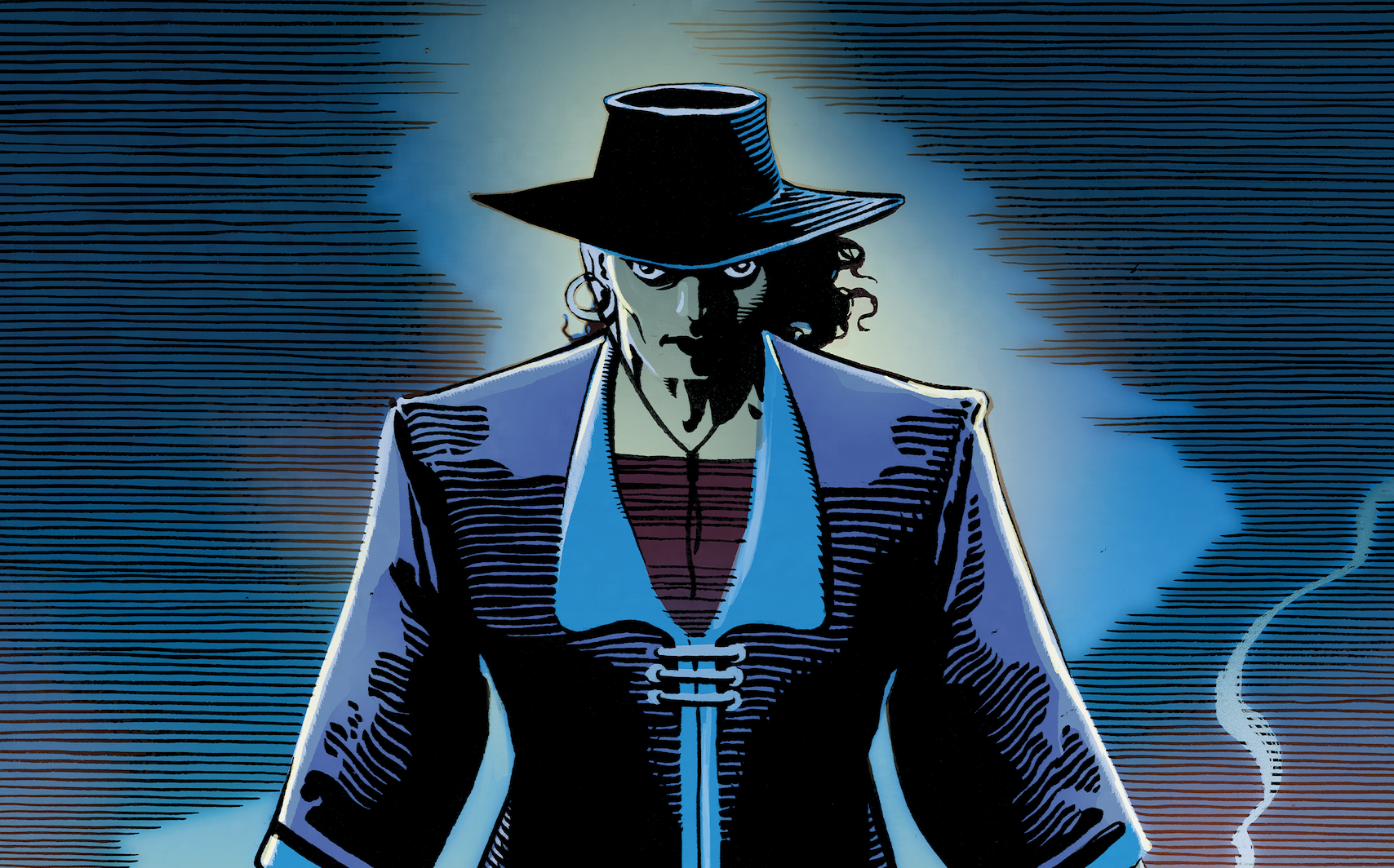
On May 2, the Writer’s Guild of America (WGA) began a strike, demanding to be paid fairly and recognized for their work in a current era of Hollywood where networks, platforms and streamers are making millions and millions in profit, without adequately compensating the creatives that keep the industry working. On July 14, SAGAFTRA, the actors’ union joined the WGA in this monumental strike, doubling the strength of the demands being made and all but bringing the industry to a halt.
The strikes have been getting some well-deserved media attention, with solidarity from many around the globe, and from many other guilds in the industry, including The Animation Guild, who support the demands being made by the WGA and SAGAFTRA. Artists and creatives are truly the heartbeat of the film and TV industry, and we love supporting their work here on GTHQ, as you can see through numerous interviews we have recently published.
In light of the strikes happening and change being demanding of the industry, we were excited to speak with a notable writer and artist whose work is well known within the animation world, to learn more about the significance of the strikes from her perspective.
Caroline Foley is a versatile writer and artist, having worked as a set designer, animator, story editor and more on multiple projects for over 15 years. Caroline’s most recent projects include working as story editor for the Youtube series Toca Life Stories and Blippi Wonders. As story editor for Toca Life Stories, she was responsible for hiring the writing team for all 40 episodes and developing the main characters. One episode, in particular, has garnered over 11 million views to date. Caroline also noted and revised over 40 episodes of Blippi Wonders and wrote over a dozen.
She has also served as story artist for ‘Bojack Horseman’ and animator on ‘Rick & Morty’. On ‘Bojack Horseman’, Caroline helped figure out how Bojack would move around throughout the series. As the only full-time stateside animator for ‘Rick and Morty’ seasons 1-3, Caroline had the responsibility of animating new scenes when the script had changes in the post-production phase or when animation needed an important retake from the partner studio, like Rick’s suicide attempt from season 2 episode 3, a scene that took almost 2 weeks to complete.
Caroline has also developed and produced pilots for Apple, Amazon and Cartoon Network, integrating her unique style and showcasing her capabilities with 2-d pipelines, stop-motion animation and more. Aside from animation projects, Caroline creates comics, and is the owner of her own company, Tiny Lion, where she produces independent projects.
Read on below to learn about her fascinating and varied career in the animation world, and her take on why the demands being made by the writer’s and actor’s guild impact every aspect of the industry, including her own.
How did you first get into the world of animation, and what inspired you to follow this career path?
I grew up watching a lot of Disney animated movies. I never thought about it as a career path, though, until I was about 13 and ‘The Lion King’ came out. There was a little behind-the-scenes featurette that was released on The Disney Channel that showed a lot of different animators. It was cool to see the process, but then right at the end, they interviewed a woman, Ellen Woodbury. She was the lead animator for Zazu the Bird, and up until that point in the featurette, all the animators had been men.
I think this was really the moment for me, that spark that lit up inside and said, “I can do this!? Wow!” And lucky for me, by the time I got to high school, there was a brand new animation class starting up, and I was able to get a few semesters in. I really loved it, but I was also considering other paths like music (I used to play the French Horn), sculpture, graphic design. So I went to a 4-year community college to try some stuff out. But there weren’t any animation courses, and I realized that nothing scratched that itch for me, like animation. There was something about the combination of storytelling, drawing, and movement that captivated me in a way that no other expression could.
So I decided to apply to CalArts, and I got in! It was a life-changing moment for me. Going to CalArts introduced me to a lot of like-minded creatives who became my friends and essentially helped open the door for me for my first in-house studio job.
Can you tell us what your “big break” was, or the project that helped launch you into other bigger productions and opportunities?
I would probably have to credit ‘Robot Chicken’ for that. I graduated from Cal Arts in 2007, which was right as the big financial crisis of 08/09 was starting to bubble up. Bad timing! I was lucky enough to get a job with a company called Ring Tales, translating comics for the New Yorker into short animations. It was great for a few months, but then the work dried up, and I had to go on food stamps in order to survive. It was a rough time. I was living in Skid Row, and no one was hiring, but after about nine months, a friend reached out and told me about an internship position that was coming up.
So I hopped on the bus over to a company called Shadow Machine to do a little animation test. I had only worked freelance at that point, so being in the lobby and hearing people animating puppets behind the black curtains of their animation stages was all very exciting for me. I remember just crossing my fingers, hoping and wishing that this would be my foot in the door at a real studio…and I did it! I got the gig! It opened up a whole network of new friends and colleagues. It was my re-entry into the animation industry.
You’ve worked on the uber-popular Blippi Wonders Youtube series. Can you talk more about your role on this series and what it was like?
It was a blast to work on ‘Blippi Wonders’. I started out as a freelance writer for season two. I think I wrote about seven episodes, and when season three was starting up, they asked me to come back as Story Editor, which is basically the head writer for the series. Something I really loved about working on ‘Blippi Wonders’ is that it’s an educational show as well as entertaining. Each writer has to do their own research for the subject they are writing about since the education has to translate into a fun adventure.
It was a unique challenge to break down the complex ways things work and not only make it easily digestible for kids but also a fun adventure in 3.5 minutes! A big part of my role was making sure everything in the story kept moving. Every tiny thing was important and had to relate to the learning adventure somehow.
I also did some development for the new ‘Curiosity Crew’ characters and helped lead the writer’s summits. We would have a summit about every other month where writers would pitch new ideas for episodes. When you’re in a leadership position, it’s just as important to make sure to have good work coming in as it is to make sure your crew is happy. Some frustrations are unavoidable, but I always tried to make sure the writers had an enjoyable time on the show and wrote episodes about subjects they would enjoy.
For Toca Life Stories, you were the story editor. What was it like being in a position to hire the writing team and oversee character development?
It was awesome! Toca Boca gave me full control over the hiring decision, and I was able to pull together an all-woman writing team. I also put together the process for how we would develop and deliver all of our episodes. Because we had 40 episodes to write, I decided to split it up into four chunks of ten episodes, and we would have a writer’s summit at the start of each of those batches of ten.
Toca Boca loved this and came up with the idea of introducing something new in each batch, so the first batch is focused on just the main four friends, while in the second batch, we were asked to introduce some specific friends, in the third batch we introduced some family members, and the fourth batch introduced some specific concepts like revealing Leon’s crush on Rita.
As far as development goes, the creative director had a lot of amazing development she already came in with, but she was very busy and needed help getting over the finish line. That’s where I came in with my wife, Lyvia Martinez (also a writer), to help refine some of the development of the main four characters in some very early episodes before the series was actually picked up.
I remember Nari was the hardest character to nail down. There’s a very specific oddness to her. I think it was Lyvia who wrote in one of those early episodes this bit when Zeke holds up the very innocent-looking Monsieur Puppy when Nari looks deep into his eyes, and we see these storm clouds form and this ominous music play, and she whispers, “Destroyer of worlds!” The creative director said, YES! THAT’S IT! So yeah, we had a lot of fun!
As the writer’s strike continues to impact all facets of the entertainment industry, we’d love to hear your perspective on the importance of writing on any project and why this strike is significant?
Writing is the first thing that happens on any show and lays the groundwork for everything. Some things will change along the way, but you need a solid base to stand on before you jump into production, and writing is that space where you can try things out and discover what works and what doesn’t. In animation, writing sometimes includes the storyboarding phase since it’s such a visual medium.
This is one of the distinctions that separate the Writer’s Guild of America (WGA) from The Animation Guild (TAG) and why TAG represents all crafts under the animation umbrella, which is why you see animation writers in TAG still working while WGA writers are not. The current TAG contract is still in play.
Writing also takes a lot of time, and right now, jobs that lasted nearly a year are being stripped down to a quarter of that or less and being asked to work entirely freelance. It’s not sustainable, and what’s worse is pay rates are going down. So writers are being asked to do more work for less money and with less time. This also leads to issues in the script that other parts of the production now have to fix.
But it’s not just writers being asked to work more for less, it’s happening all over the industry! And now, some of these studios are looking to strip back and devalue the writers and other creative positions even more by allowing AI to participate in the writing and artistic process without laying out any rules.
Whatever gains are made, and rules applied to the use of AI in this contract will have a ripple effect on many other industries, so yes, I believe this strike is incredibly important. I stand with the WGA in their decision to strike. Union strong!
As a story artist on ‘Bojack Horseman’ and animator on ‘Rick & Morty,’ what is it like to be working in different capacities on such popular adult animated shows like this? And why is versatility important in a career like yours?
The biggest difference between being an animator and a story artist on any show is that story artists are more focused on the bigger picture of telling the story visually, while animators are generally more performance-based. The two have some overlap but story artists are doing things like planning camera angles, determining how a character will move through a scene, and of course, laying out the rough performance of the characters.
The animator is the one bringing the characters to life, it’s like acting but frame by frame instead of in real-time. ‘Bojack Horseman’ and ‘Rick and Morty’ are both shows that tackle some serious subjects through the lens of comedy, but Bojack is more like a sitcom (a talking head show), while ‘Rick and Morty’ is a wild adventure.
While Bojack does have some very wacky moments, it’s overall a very stiff show with character designs that require a lot of nuance. ‘Rick and Morty’ has a lot more physical expressiveness to the characters built in, so the animation is a lot more dynamic.
One of my favorite episodes to board on Bojack was season 2, episode 1, because it required such a wide range of performance. The episode starts with little Bojack awkwardly trying to watch TV while his parents argue in the background; then, later in the episode, we have adult Bojack contorting himself into a series of wild poses as he struggles to say the line “What are you doing here?” The two scenes required vastly different approaches because one was more about building atmosphere, and the other was about how silly we can make Bojack look. It was an incredibly fun challenge to be a part of those two very different sequences.
Then over on ‘Rick and Morty’, I’m going from animating wild morphing sequences like the Goodbye Moonmen song to incredibly heavy acting like the Rick Suicide scene. The Moonmen song was very organic to animate, and I could just show up to work and let my Cintiq pen flow, while the suicide scene was incredibly difficult, not just from a technical standpoint but also emotionally because I was showing up every day for weeks and putting myself in the mindset of this man who was at the end of his rope.
I think versatility is good if you want to understand the animation pipeline better and also help keep yourself employed. I come from the mindset that if you want to direct animation, you need to understand all aspects of the pipeline. But you don’t have to jump around to different crafts if you just want to do one thing. I know plenty of character designers, animators, story artists, etc., that really enjoy becoming a master of their craft. It all comes down to personal preference.
Can you share more about your approach to writing, versus designing, on various projects? Do you have a favorite, or do you like each of these roles for different reasons?
I see the two as very related, and I have even held a few workshops and lectures about how animation development is as much writing as it is design. I tend to start any new personal project or pitch with a character design or two (more of a doodle) and then use the structure of writing to help refine things more and get into the meat of the story and what I actually want to say with the characters I’ve designed.
Character design is very shape-based, and there is something called shape language where different shapes will automatically give off certain feelings; generally, circles are warm and inviting, while squares are closed off and can be foreboding. A shape like a top can express lots of movement, while a shape like a pear is usually slower. Knowing shape language is important for translating characters from a written page into a design, as is how to use that shape language to surprise the audience and can add a lot of comedy.
What has been the most challenging aspect of your career so far, and how have you overcome this?
I think the most challenging part of my career is the ups and downs. It’s always feast or famine in the animation industry. Sometimes it’s hard to say no to having multiple jobs at once because you never know when the jobs will dry up, and then when they do dry up, it’s difficult to remember not to be too hard on yourself and not let that imposter syndrome kick in.
The importance of taking care of your mental health and being kind to yourself cannot be understated enough in this industry. Right now, it’s another famine, but this time I was prepared. The last time I went through something like this was in 2008/09. To say it was a difficult time is an understatement, but I also had the freedom to do what I wanted during that time, so I scanned the traditionally animated pages of my student film “No Naked!” and submitted it to festivals and enjoyed a successful run around the globe.
Today, I’m doing the same thing and working on my own stuff. I’m a lot more financially stable now and married, so having that income is a huge help, but I also need to remind myself from time to time that my worth is not tied to the studio I am working at or not working at. Working on my own projects makes me feel energized and hopeful. I’m planting little seeds that will turn into something great in the future.
What has been your favorite animated character or scene to write and develop, or design, and why?
I think that one has to go to Waffle, Burger, and Pants from ‘Toasty Tales’, the show that I co-created with my friend, Tom Borowski. We made the official pilot with Amazon, though it was originally for Cartoon Network. I storyboarded that entire pilot by myself. It was extremely difficult because I was also working at ‘Rick and Morty’ at the time, so I could only storyboard after work and on the weekends.
I think I worked 16-20 hour days for six weeks, but in the end, I had the storyboard for a pilot that was incredibly fun and very much my personal brand. I had so much fun really diving into those three little marshmallows and pulling out their different personalities and motivations through storyboarding. Even though the story is different from the beginning, all of that character development is translated over to the Amazon pilot. I love those marshmallows.
Throughout your 15 years in the animation biz, you have had a lot of success on major shows and productions. What is next for you, and what would be your ultimate dream gig?
Right now, I’m super excited about my little production company, Tiny Lion Animation! We are currently in production on two projects. The first one is a short called ‘Tim Town’ which is based on a comic I put out a few years ago. It’s all loosely based on my experiences while living on food stamps in skid row from 2008/09 and is what I like to call a lighthearted dark comedy.
We are also in production on ‘Golly’s Cat Crafts’, a short format series for the preschool bridge audience that features two cats named Golly and Yipe and uses a follow-along approach to making crafts. Being in production on these two little projects is something of a dream come true in its own right, but if we’re talking ultimate dream, I think I would like to be a part of an animated feature in either development, directing, or storyboarding. Something with some fun creatures or animals (especially cats!) would be an absolute dream for me.
Get familiar with Caroline’s production company projects over at the Tiny Lion website. You can also see more of Caroline’s work on her website, and be sure to follow her on Instagram.













